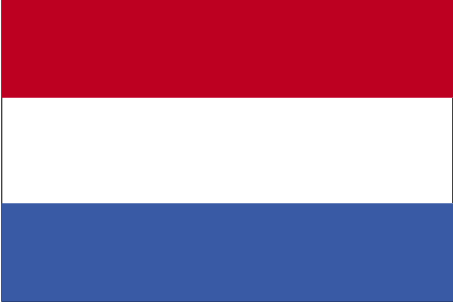Hungary United States United Kingdom Canada Australia Ireland New Zealand Brazil India Russia Germany Vietnam Mexico Japan Singapore Indonesia Hong Kong China Malaysia Turkey Romania Netherlands Saudi Arabia Spain Philippines Italy Thailand France Peru Ukraine Colombia Serbia Austria Egypt Algeria Slovakia Poland Venezuela Sweden Argentina Belarus Portugal Uzbekistan Ecuador Greece Chile Dominican Republic South Korea Israel South Africa Czech Republic Bulgaria Pakistan Kazakhstan Taiwan Morocco Nepal Kenya Switzerland Myanmar Bangladesh United Arab Emirates Denmark Bolivia Belgium Costa Rica Cambodia Guatemala Ethiopia Senegal Finland Croatia Honduras Jamaica Mongolia Jordan Azerbaijan Trinidad and Tobago Norway Kyrgyzstan Paraguay Georgia Oman Cote D'Ivoire Lithuania Moldova Kuwait Slovenia Latvia Qatar Tunisia Sri Lanka Laos Palestinian Territory Kosovo Nigeria Armenia Puerto Rico North Macedonia Burkina Faso Ghana Panama Gabon Bosnia and Herzegovina Bahrain Albania Angola Cyprus Uruguay Zambia Estonia Rwanda Uganda Madagascar Republic of the Congo Togo Belize Bahamas Seychelles Maldives Nicaragua Fiji Libya Barbados Yemen Guyana Tajikistan Montenegro Democratic Republic of the Congo Cameroon El Salvador Cuba Malawi Benin Mauritius Brunei Darussalam Reunion Antigua and Barbuda Suriname Malta Botswana Tanzania Cabo Verde Mozambique Mayotte Haiti Somalia Saint Lucia Cayman Islands Aruba Mali Guadeloupe Saint Vincent and the Grenadines U.S. Virgin Islands Luxembourg Gambia Namibia Sierra Leone Curacao Guam Equatorial Guinea New Caledonia French Guiana Djibouti Burundi Saint Kitts and Nevis Afghanistan Iceland Jersey Grenada Isle of Man Liberia Mauritania Northern Mariana Islands Niger Sao Tome and Principe Turks and Caicos Islands Sint Maarten American Samoa Anguilla Comoros Guinea Zimbabwe French Polynesia San Marino Iran Netherlands Flag Meaning & Details 378 VISITORS FROM HERE! Netherlands Flag Flag Information three equal horizontal bands of red (bright vermilion top), white, and blue (cobalt) similar to the flag of Luxembourg, which uses a lighter blue and is longer the colors were derived from those of WILLIAM I, Prince of Orange, who led the Dutch Revolt against Spanish sovereignty in the latter half of the 16th century originally the upper band was orange, but because its dye tended to turn red over time, the red shade was eventually made the permanent color the banner is perhaps the oldest tricolor in continuous use
Learn more about Netherlands » CIA - The World Factbook
 Previous Country | Next Country
Previous Country | Next Country  » Back to Flag Counter Overview
» Back to Flag Counter Overview
 Previous Country | Next Country
Previous Country | Next Country  » Back to Flag Counter Overview
» Back to Flag Counter Overview